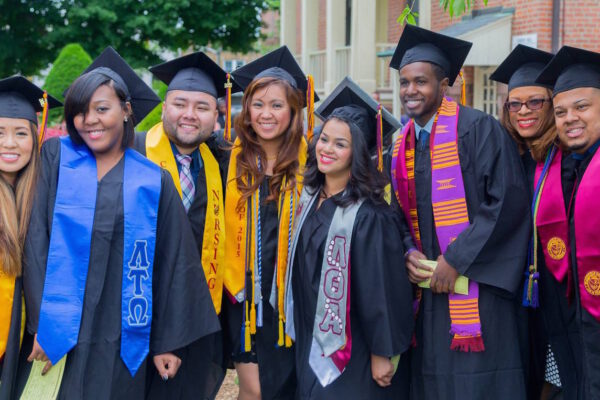New Report Finds Minority Students Face Equity Gap at Certain Public Institutions
Author: Anthony P. Carnevale, Martin Van Der Werf, Michael C. Quinn, Jeff Strohl, Dmitri Repnikov
Source: Georgetown University Center on Education and the Workforce
A recent report from the Georgetown University Center on Education and the Workforce (CEW) asserts that admissions practices and growing funding gaps are splitting the public higher education system into two unequal tracks separated by race.
The report reveals that while black and Latino students made up 36 percent of the college-age population in 2015, they represented only 19 percent of the students attending selective public colleges. The findings also show that the enrollment increase of white students at public selective institutions over the past decade was more than the enrollment of black and Latino students combined. Furthermore, the representation of black students at selective public colleges increased only 1 percentage point from 2005 to 2015.
While the share of Latino students at these institutions increased, Latinos are less than halfway to parity in terms of representation in selective public colleges (12 percent to their respective 21 percent of the college-age population). The only state that has succeeded in matching the proportion of Latinos in selective public colleges with the college-age Latino population was Florida.

The authors contend that states compound access and enrollment disparities by giving more resources to selective public colleges than open-access institutions. In 15 states, selective public colleges received at least double the amount of public appropriations per student than open-access schools. Given the significant earnings boost by attaining a bachelor’s degree, they argue this issue is not just a matter of equity, but also a determining factor in the future of the U.S. workforce and economy.
To address issues of racial equity, the authors suggest that colleges and universities consider how they use standardized test scores in admissions and work toward enrollment that better reflects the state’s college-age residents. They also recommend allocating more state and federal funds for education at open-access institutions.
To read the summary and the full report, see the CEW website.
—Jinann Bitar
If you have any questions or comments about this blog post, please contact us.


